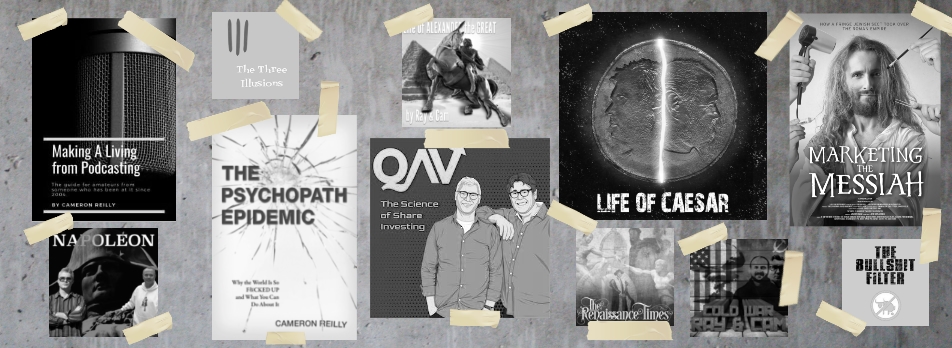by cameronreilly | May 13, 2019 | advaita, cosmology, enlightenment, philosophy, science, The Three Illusions
“The whole world was seen as the divine activity welling up from the mysterious being of Brahman, which was the inner meaning of all existence. The Upanishads encouraged people to cultivate a sense of Brahman in all things. It was a process of revelation in the literal meaning of the word: it was an unveiling of the hidden ground of all being. Everything that happens became a manifestation of Brahman: true insight lay in the perception of the unity behind the different phenomena.”
‘A History of God: The 4000-Year Quest of Judaism, Christianity, and Islam’ by Karen Armstrong
In other words – Brahman = the laws of physics, atoms, whatever you want to call the underlying fabric of the cosmos.
by cameron | Jan 27, 2011 | cosmology, science
Science nerd that I am, I’m often trying to convince people that time doesn’t exist.
In 1952, in his book Relativity, Einstein writes:
Since there exists in this four dimensional structure [space-time] no longer any sections which represent “now” objectively, the concepts of happening and becoming are indeed not completely suspended, but yet complicated. It appears therefore more natural to think of physical reality as a four dimensional existence, instead of, as hitherto, the evolution of a three dimensional existence.
When his lifelong friend Besso died, Einstein wrote a letter to Besso’s family, saying that although Besso had preceded him in death it was of no consequence, “…for us physicists believe the separation between past, present, and future is only an illusion, although a convincing one.”
This idea of no past and no future ties in nicely with non-dualistic philosophy (see The Advaita Show) and actually has major consequences for how we live our lives. If the future has already happened, what’s the point worrying about it? That’s part of the LOTU philosophy I’ve been developing.
If you don’t believe me (or Einstein), try to wrap your mind around this news:
Astronomers have pushed NASA’s Hubble Space Telescope to its limits by finding what is likely to be the most distant object ever seen in the universe. The object’s light traveled 13.2 billion years to reach Hubble, roughly 150 million years longer than the previous record holder. The age of the universe is approximately 13.7 billion years.
The tiny, dim object is a compact galaxy of blue stars that existed 480 million years after the big bang. More than 100 such mini-galaxies would be needed to make up our Milky Way. The new research offers surprising evidence that the rate of star birth in the early universe grew dramatically, increasing by about a factor of 10 from 480 million years to 650 million years after the big bang.
Here’s a great video that zooms into the sky to show you the location of the galaxy:
So here’s the deal: when astronomers look into the Hubble at this object, they are looking back into time. Their “present” co-exists with an event that happened 13 billion years ago. From that galaxy’s perspective, circa 13 billion years ago, we would be in their future. Their “past” is our present. And we won’t be able to see that galaxy’s present (what’s happening on it right now our time) for another 13 billion years, so that means they are in OUR future.
Right?
The same thing happens on a smaller scale when two people are standing in a room together. If one says “let’s both lift our hands when I say ‘now’… “NOW!”” – here’s what happens. When Person A speaks the word “NOW!”, it takes a fraction of a second before Person B actually hears the words or sees their lips move, because that’s how long it takes for the light and sound waves to travel. Person B’s awareness of the Person A’s “now” is actually in that Person A’s past. So Person B’s idea of “now” and Person B’s idea of “now” are actually different. That’s because they both occupy different points in space-time and so their points of reference are slightly different.
So… no past, no future.
What are you doing to do now?
